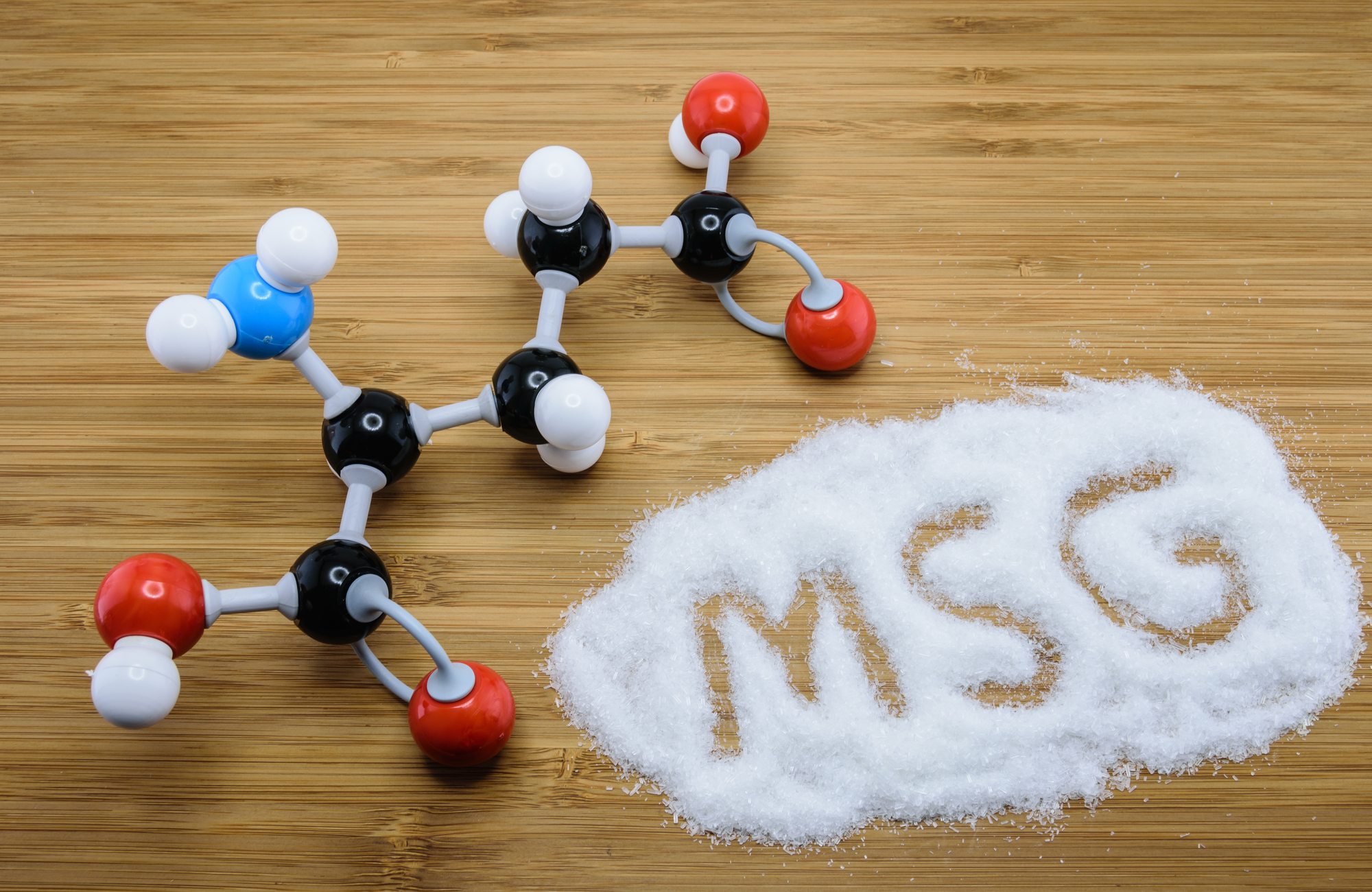MSG or monosodium glutamate is a flavor enhancer found in restaurant foods and foods found on the grocery shelf as well. In the 1960’s MSG was deemed toxic. Which started a lot of controversy about the safety of using this in foods. The FDA approves MSG, and deems it safe for consumption. Foods that have MSG in them though have to make sure it is put on their label.
MSG gives off an umami taste, and helps enhance flavor as well as give foods a salty taste. Umami foods increase saliva production which in return makes food taste better. It has been studied that MSG in small amounts doesn’t have any significant or lasting harm.
MSG Symptom Complex
Some people may suffer from MSG symptom complex. Which is when someone suffers symptoms after eating too much MSG. A large dose of MSG is 3 grams or higher. A normal dose you may get from a single serving of foods that contain MSG is 0.5 grams or less. Some studies that were done show that MSG may contribute to obesity, central nervous system disorder, and reproductive malfunctions. Though some of these studies are being questioned since current evidence does not show that MSG is toxic or harmful in any lasting way.
MSG symptom complex can cause symptoms such as nausea, fatigue, heart palpitations, headache, sweating, numbness, chest pain, hives, and swelling in the throat. Most symptoms are mild or short term. And usually don’t need any kind of treatment. These symptoms usually happen after consuming foods that are high in MSG.
To prevent or stop these symptoms from occurring it is best to just avoid foods with MSG altogether. If you are eating at a restaurant you can ask for your food to have the MSG left out and you can check labels at your grocery store for foods that may have them added. Just know at a restaurant if you asked for no MSG to be added, the dish may not be as flavorful. Leaving out the MSG can also take away some of the saltiness, and adding in table salt to replace the MSG can increase the amount of sodium in a dish by 3%.
Foods That Contain MSG
MSG became well talked about when it was being heavily used in some Chinese restaurants. When MSG started being very controversial many restaurants started leaving it out of their foods. Fast food places use MSG, and even places that sell fried chicken use MSG in their foods. Seasonings are one of the main places where you will find MSG. As it is a flavor enhancer, it will bring out the flavor and taste of the meat. It can be found in lots of seasonings for meats and stews, example is in taco seasoning packets.
Canned soups at the grocery store you can also find MSG. Because of the umami taste the MSG enhances the flavor of the soup as well as the saltiness. Another food that uses MSG to bring out the salty flavor are bagged chips. Dressing and condiments have added MSG as well. Examples are ketchup, mayonnaise, barbeque sauces, soy sauce, mustard, and salad dressings. Deli meats and frozen meals also can contain MSG.
Natural MSG
Naturally occurring MSG in foods will be labeled differently then foods with added MSG. When looking at a label if the food contains hydrolyzed vegetable protein, hydrolyzed yeast, autolyzed yeast, yeast extract, soy extracts or protein isolate those are all naturally occurring MSG.
MSG Research
Many of the studies that were done in the 1960’s are now being questioned with current evidence coming out showing the studies weren’t done with enough research. There are many contradictory studies showing how MSG affects the body. Old research showed that MSG affects the lipid production, causing your brain to not know when you are full so you overeat, causing a more likely chance of developing obesity. Now research is showing that it may lead to overeating but it also may cause you to lose your appetite.
MSG Complications
Some people may be sensitive to MSG though. The trouble is making sure you don’t have another issue before blaming it on the MSG. Food allergies or intolerances can show the same symptoms as MSG symptom complex. After eating foods with MSG if you develop symptoms it is important for your doctor to check you out and make sure you don’t have any food allergies or intolerances as well.
Takeaway
MSG occurs naturally in some foods, such as high protein foods. It is added to other foods to preserve flavor. MSG allergy has not been backed up scientifically and has now been shown to be more myth. Though some people can be sensitive to MSG, it is contradictory on whether or not MSG has long lasting or significant harm to anyone who takes it in small doses when added to foods.
Experiencing muscle aches, dizziness, headaches or digestive problems? All of these are signs of an electrolyte imbalance! Electrolytes are electrically-charged ions that send signals through our bodies to assist the operation of nerves, muscles and the brain. Sodium, magnesium and calcium are examples. We also struggle to maintain them when we age. Purium’s Ionic Elements Can Help!
Contradictory research still surrounds MSG monosodium glutamate! #HealthSurgeon
Sources:
https://www.healthline.com/nutrition/foods-with-msg#Is-MSG-harmful?
https://health.clevelandclinic.org/is-msg-really-harmful/
https://www.mayoclinic.org/healthy-lifestyle/nutrition-and-healthy-eating/expert-answers/monosodium-glutamate/faq-20058196
https://www.webmd.com/diet/foods-high-in-msg
https://www.healthline.com/nutrition/msg-good-or-bad#food-sources
https://www.healthline.com/health/allergies/msg#outlook









